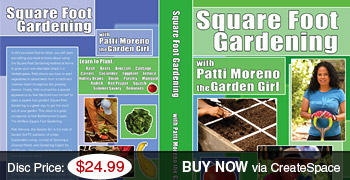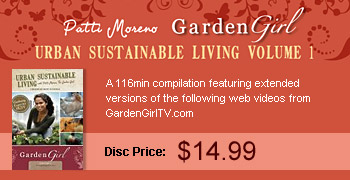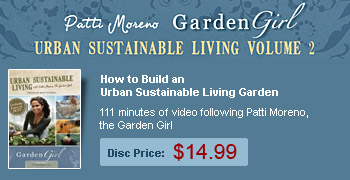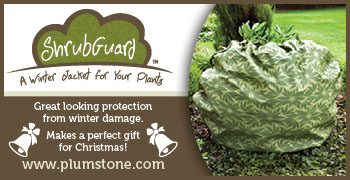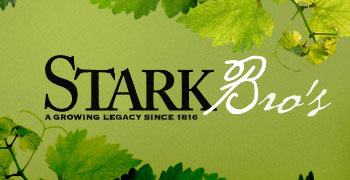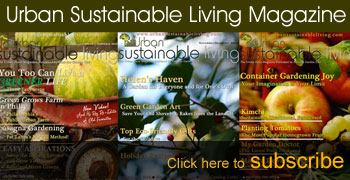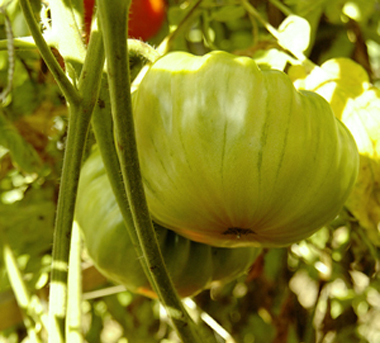Square Foot Gardening Tips: May
It’s May and the Garden is alive with activity. The plants are growing and blossoming and you have already started to harvest and plant some of your summer crops.
In one raised bed you may see that you have squares of 16 radishes, squares of 9 beets or squares of 16 carrots and now you can take an empty bed and prepare that for the next set of crops.
To do this, Mel suggests that you use a handful of blended compost to prepare and restore the existing soil. It should be compost that includes several diverse elements. Those mixed elements would be from different sources such as a) yard waste like leaves and grass clippings b) barnyard manure (manure of animals that don’t have meat diets) which includes cows, horses, chickens, ducks, etc…and c) elements such as wood chips, bark or sawdust. This blend makes for rich and nutritious compost.
Typical summer crops are large fruits that hang such as tomatoes, peppers, eggplants and squash. Which brings me to the subject of Vertical Gardening, my favorite way to garden.
Mel has designed a galvanized steel frame that is U-shaped and works with ground rods made of steel rebar that are easy to use with his frame.
When starting your vertical garden it is important that the frame is set up on the north side of the box because it ensures that the frame doesn’t shade out the rest of the garden. Remember gardens typically need 6-8 hours of sun!
Mel and I have found a great solution to growing vine vegetables. No more staking your tomatoes with wooden stakes. Gardeners used to utilize string and wooden stakes for their vine vegetables. The wood would rot and the string would too. Because the string was non-pliable, it was harder to pull your vegetables through the sections. Mel and I recommend using nylon netting, which makes holes that are about 6”X6” which makes it much easier to pull your fruit though. This nylon netting will never rust and lasts 20 years! The vertical garden uses much less space and much less effort!
Proudly Sponsored by:
Back to Gardening Tips
Questions? Visit our Messageboard!
More at our Urban Farm Magazine!

